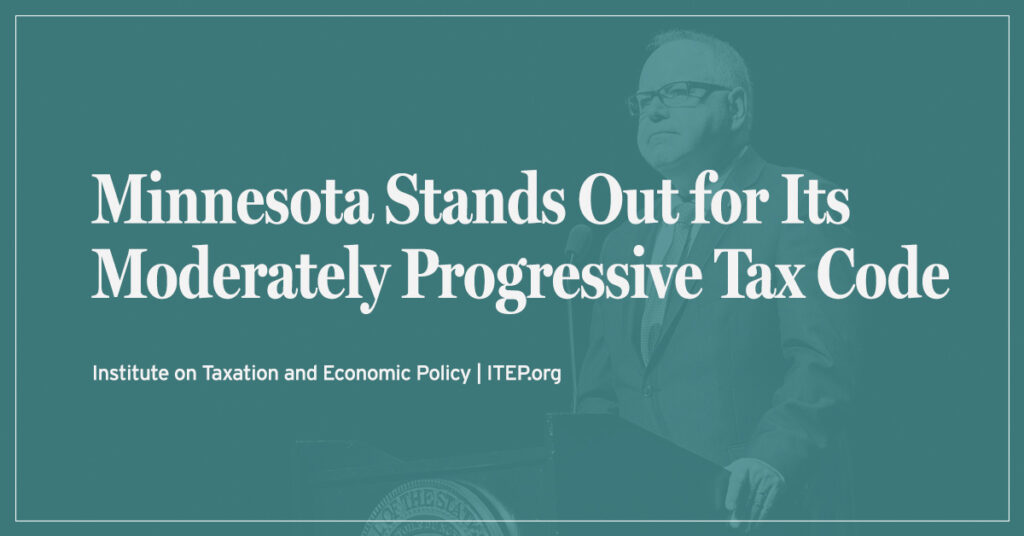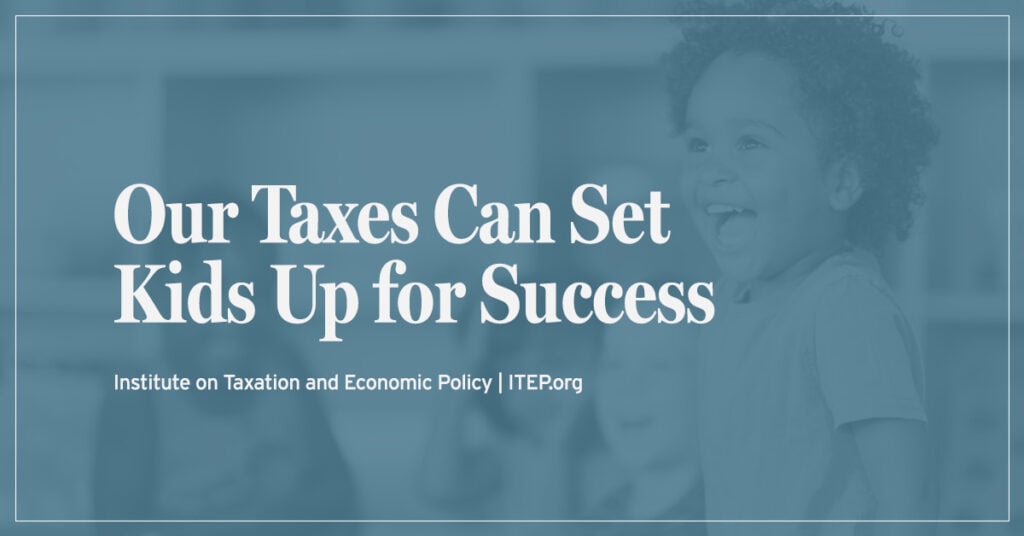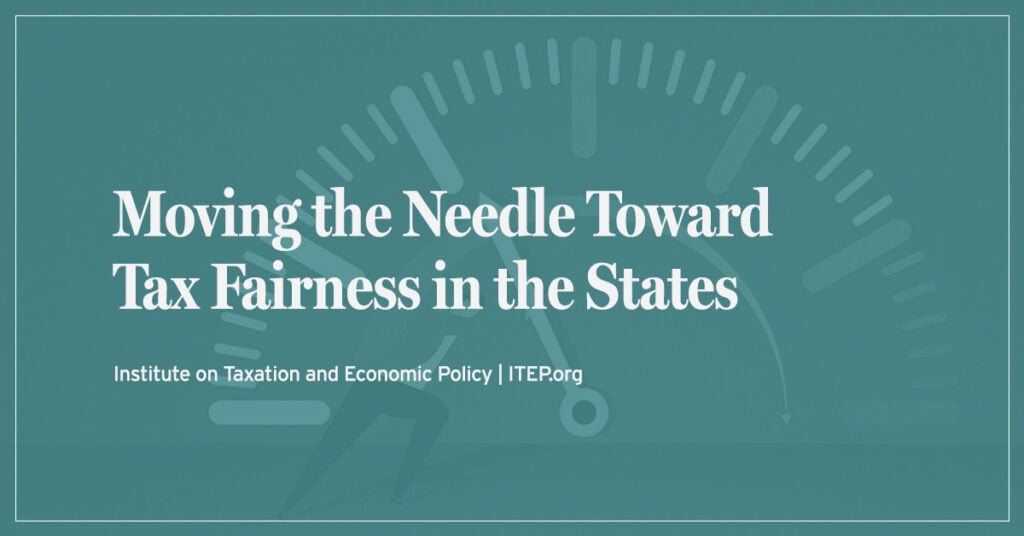By Jeff Van Wychen | 03:52 pm
A new report from the Institute on Taxation and Economic Policy (ITEP) provides fresh insight on who is paying state and local taxes in the United States. “Who Pays? A Distributional Analysis of the Tax Systems in All 50 States” confirms that in Minnesota and the vast majority of other states, low- and middle-income families are paying a much larger percentage of their income in state and local taxes than are the wealthiest households.
The 2013 edition of “Who Pays” is based on 2010 income levels and tax amounts estimated byITEP’s microsimulation model, incorporating tax changes enacted through Jan. 2, 2013. Who Pays examines individual and corporate income taxes, sales and excise taxes, and property taxes in every state, with the incidence of each tax broken down into seven income groups:
The bottom 20% (income below $23,000)
The second 20% (income from $23,000 to $41,000)
The middle 20% (income from $41,000 to $62,000)
The fourth 20% (income from $62,000 to $96,000)
The next 15% (income from $96,000 to $182,000)
The next 4% (income from $182,000 to $433,000)
The top 1% (income over $433,000)
The findings in the “Who Pays” report excludes elderly taxpayers.*
Largely because it includes only major categories of taxes and excludes other smaller but still significant taxes — such as estate, insurance premium, and MinnesotaCare taxes—the effective tax rates† for Minnesota in the “Who Pays?” report are lower than the rates indicated in the more comprehensive 2011 Minnesota Tax Incidence Study‡ (MTIS). For example, the most recent MTIS shows a total Minnesota effective tax rate of 11.5 percent, compared to 9.2 percent in the 2013 “Who Pays?” report.
However, findings from both the 2013 “Who Pays?” and the 2011 MTIS indicate that middle income households have higher effective tax rates than upper income households. The graph below illustrates the effective tax rates for each of the seven income groups based on the most recent “Who Pays” report.
State and local taxes per dollar of income are 26 percent higher for middle-income taxpayers (defined as the middle 20%) than for the top one percent based on both the 2013 “Who Pays?” report and the 2011 MTIS. Thus, while “Who Pays?” and the MTIS use different data sources, they reach an identical conclusion: middle income families are subject to much higher effective tax rates than high income households.
The findings of the 2013 “Who Pays?” report bolster Gov. Dayton’s case for progressive reform of Minnesota’s tax system. High income households simply are not bearing their fair share of state and local taxes. The most efficient way to focus a tax increase on high income households is through a fourth tier income tax such as that proposed by Dayton; the Dayton income tax proposal would apply only to income in excess of $250,000 for married joint filers, $200,000 for heads of households, and $150,000 for single filers. Only the top two percent of households by income would be affected by the Dayton income tax proposal.
Nobel laureate Joseph Stiglitz and other leading economists further bolster the case or progressive tax reform. During a recession or fragile economic recovery, the sensible way to resolve a state budget deficit is through a tax increase focused on high income households. High income households tend to spend a smaller share of each dollar of disposable income than do middle income households and — of what they do spend — a smaller portion is spent locally. For these reasons, a tax increase focused on high income households does the least short-term damage to a state’s economy and is the best way to balance a state budget during hard times. The alternatives — cuts to direct public spending or tax increases directed toward low and moderate income households — would have a much more adverse impact on consumer demand and the state’s economy.
The data from the 2013 “Who Pays?” report provides further proof that high income households are not paying their fair share of state and local taxes. With another budget deficit on the horizon and a long list of underfunded public investments ranging from K-12 education to transportation, state policymakers can no longer afford to cut these wealthiest Minnesotans a sweetheart deal. It’s time for the legislature to make Governor Dayton’s progressive income tax proposal the law of the land.
*According to the Who Pays report, “Because so many states offer special consideration for elderly taxpayers, including elderly families in the Who Pays analysis would not give an accurate depiction of how the tax structure treats the majority of taxpayers.”
†As used in Who Pays and the Minnesota Tax Incidence Study and in this article, “effective tax rate” refers to state and local taxes as a percent of income. Effective tax rates can be presented for all taxpayers or for subcategories of taxpayers grouped by income. So as to be consistent with the information presented in the MTIS, the effective tax rates presented in this analysis are prior to factoring in the effects of federal deductions. The reasons for focusing on effective tax rates without adjusting for the effects of federal deductions are explained in chapter 4, section C of the 2011 MTIS.
‡The 2011 MTIS contains analysis of 2008 and preliminary 2013 tax and income data. The MTIS analysis cited in this article is based on the 2008 data and thus does not align precisely with data from the most recent Who Pays report, which is based on 2010 income data adjusted for tax changes enacted through January 2, 2013. The 2013 MTIS, scheduled to be released in March, will contain an analysis of 2010 and preliminary 2015 data.
Jeff Van Wychen is a Fellow and Director of Tax Policy & Analysis at Minnesota 2020. He served as a senior research analyst for Gov. Mark Dayton from January 2011 – December 2012. Minnesota 2020 is a nonpartisan, progressive think tank based in St. Paul. This article first appeared on the organization’s website.
WANT TO ADD YOUR VOICE?
Write your reaction to this piece in Comments below. Or consider submitting your own Community Voices commentary; for information, email Susan Albright.





